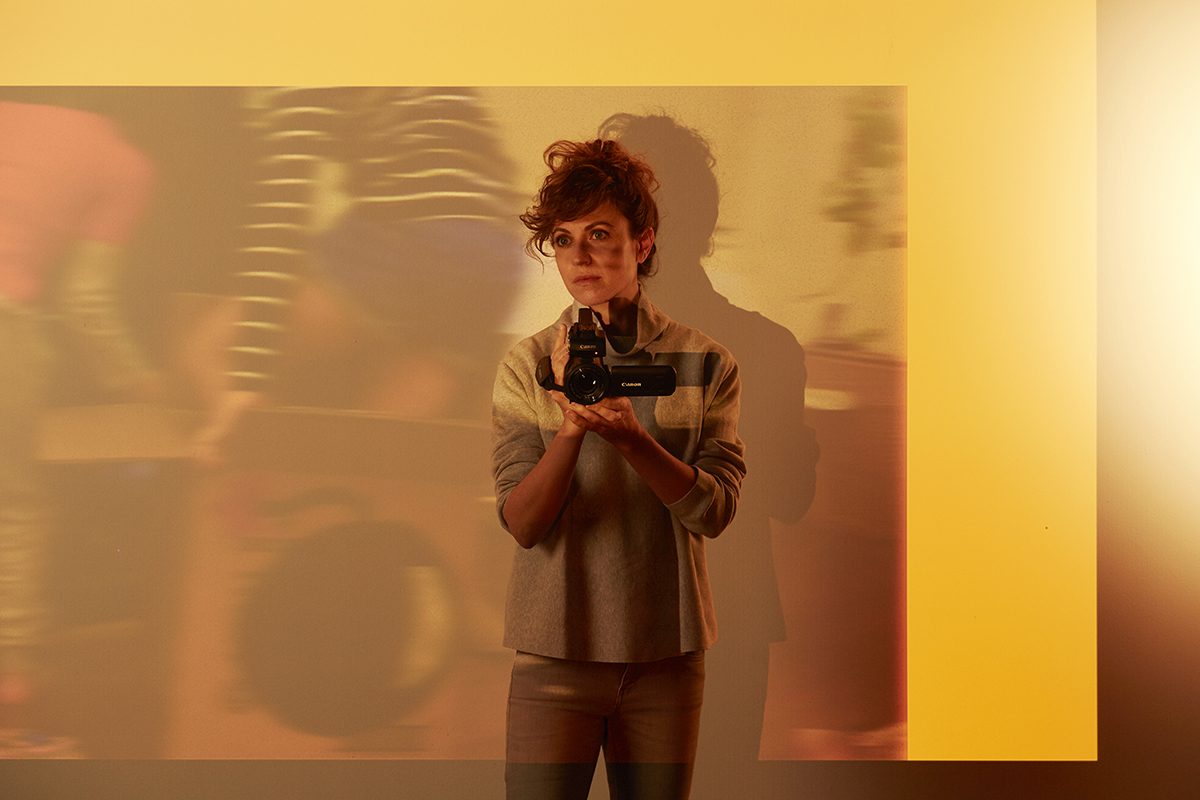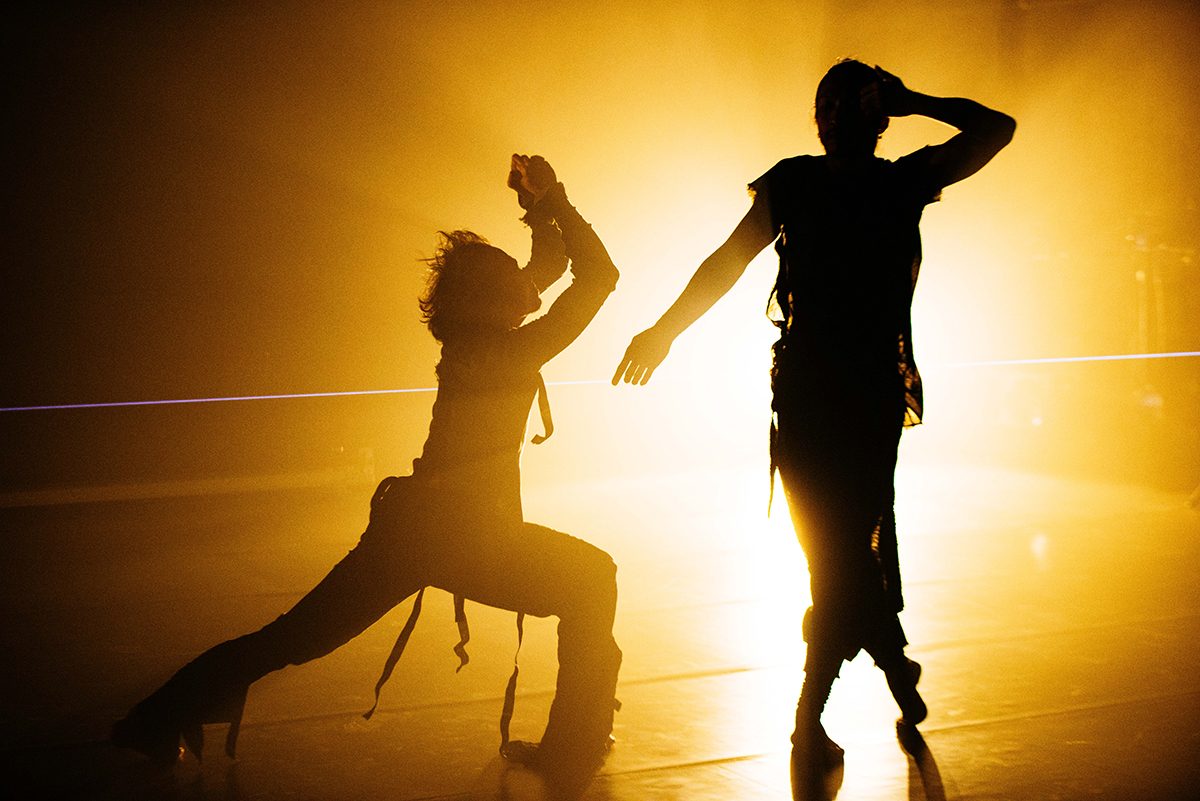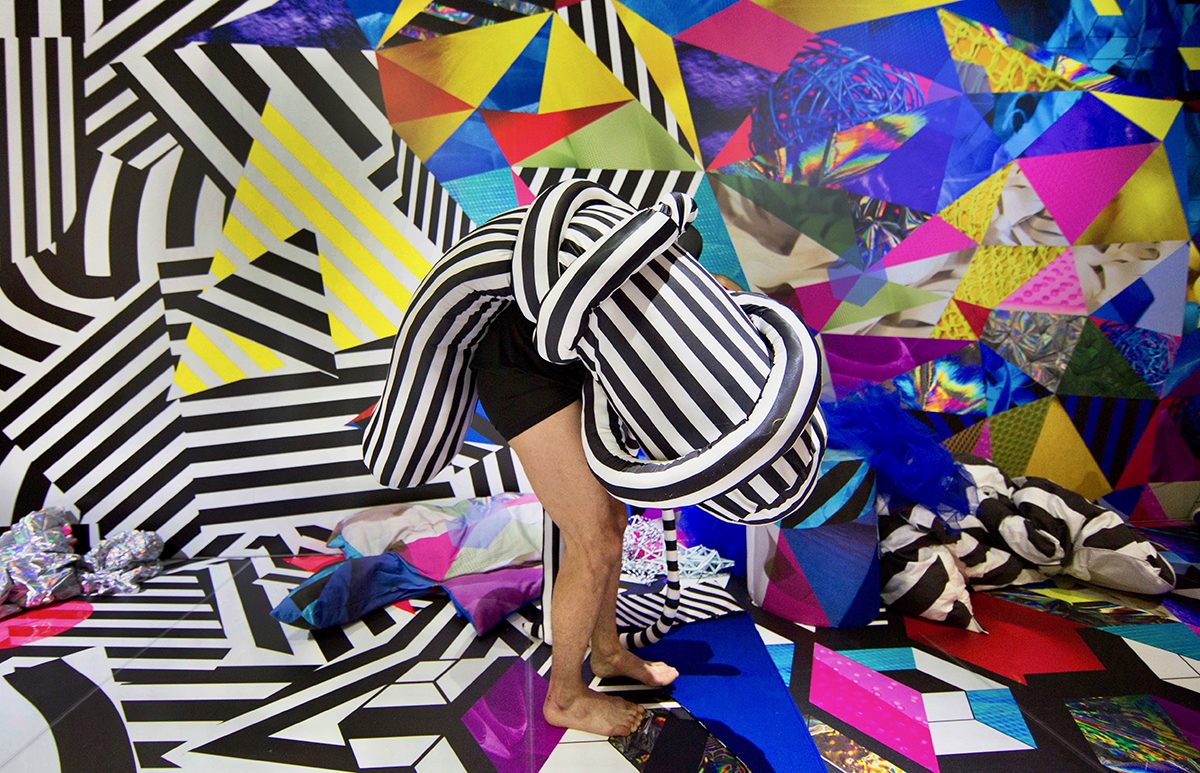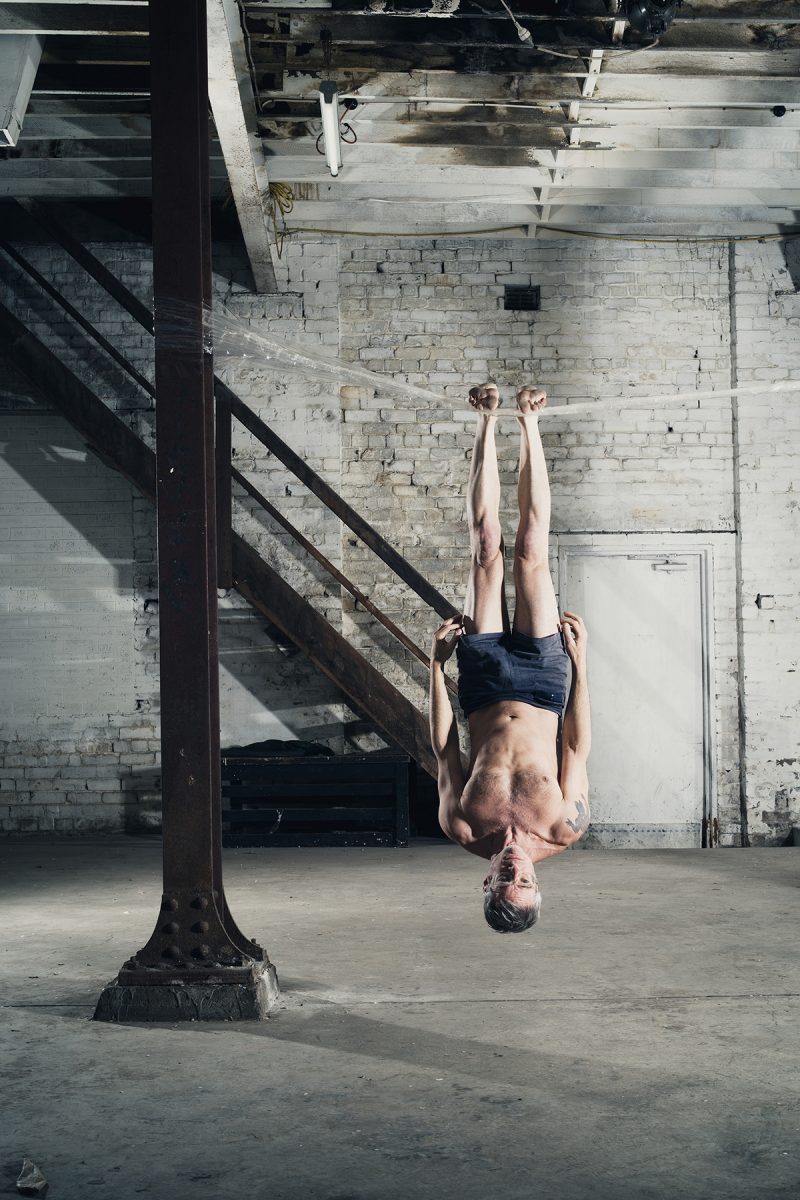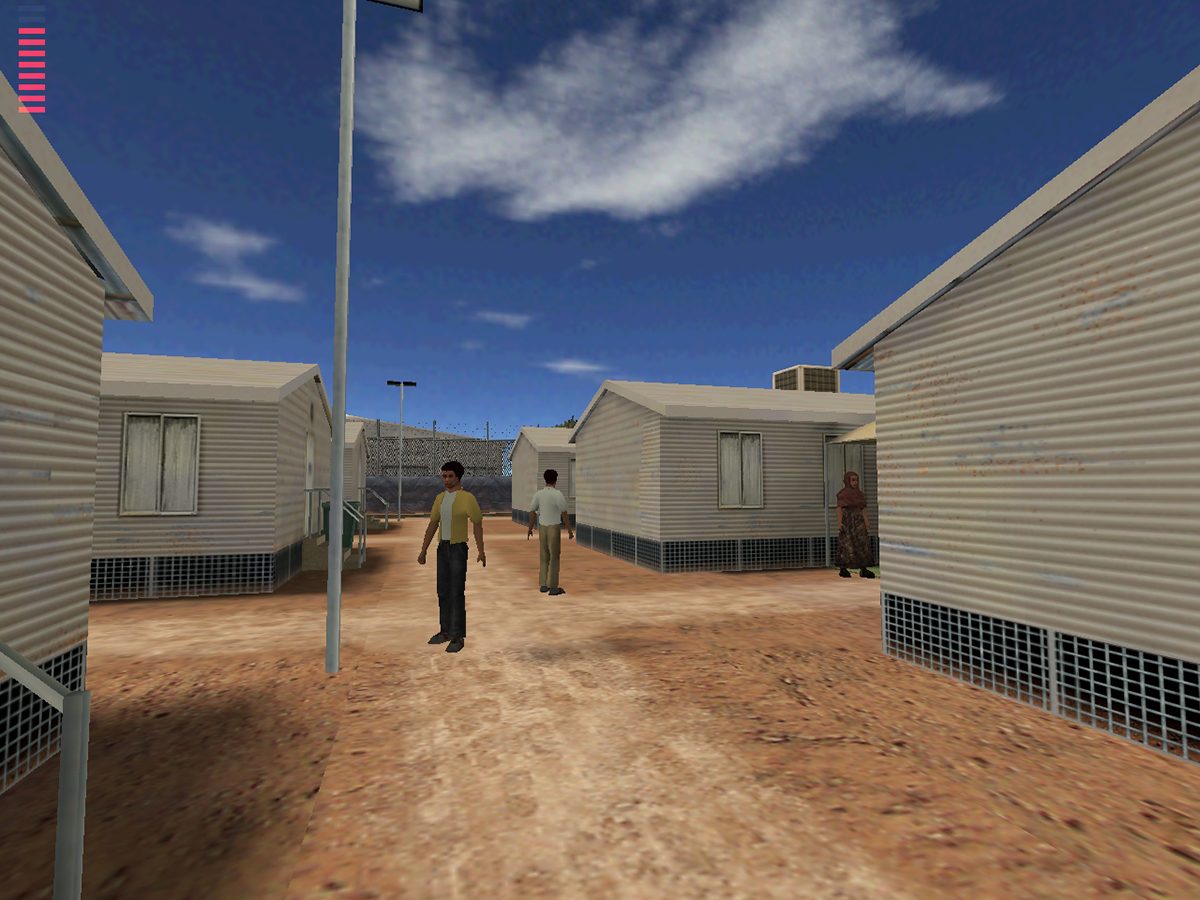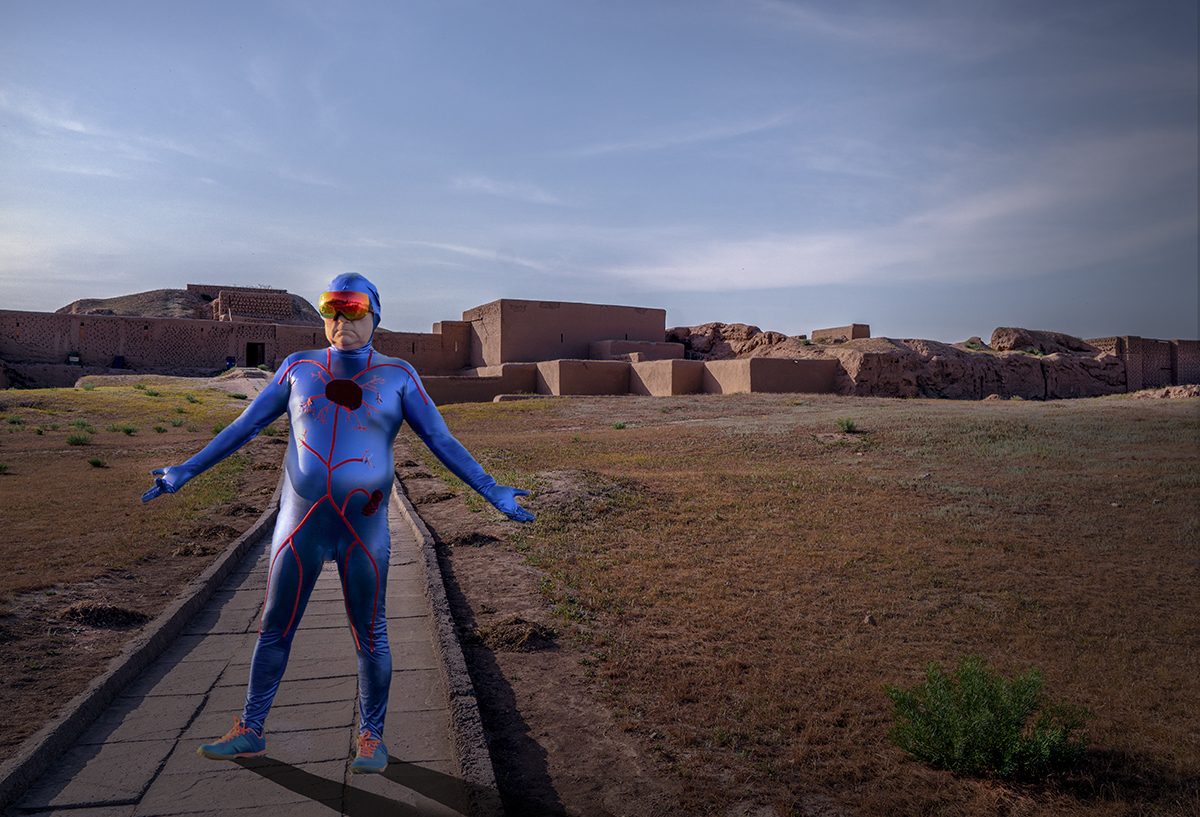
Liveworks 2018: It’s Alive! It’s Alive!
Spring for ravenous culture vultures means Liveworks, the annual, two-week feast of seductively challenging live art presented by Sydney’s Performance Space with Asian and Australian artists working side by side.
Artistic Director Jeff Khan has once again curated an artform- and ideology-testing program in which Australian and Asian artists work side by side. Experience, Khan writes in the program brochure, “bodies at the edge,” bodies as “powerful agents of change,” “transcending narrow definitions of gender, sexuality and identity.” Elsewhere, it’s dress to be “immersed” and invited “inside the works.” Anticipate “collisions” and, of course, plenty of “celebration.” It’s a wonderful opportunity too to experience a fully art-activated Carriageworks, often the province of corporate gigs, art fairs, food, fashion and writers’ weeks.
Female artists feature prominently in this year’s program as does the solo, though the lone performer is often supported by multiple sound and design collaborators onstage and off. Here are just a few of the highlights in a proliferation of possibilities.
Nicola Gunn, Working with Children (Australia)
A new work by this wildly inventive Melbourne artist is always eagerly anticipated. If you saw the wondrous Mermermer, Nicola Gunn’s collaboration with dancer Jo Lloyd at last year’s Liveworks, you won’t want to miss this new one, which begins with a monologue about teenagers asking adults questions about sex and, as always with Gunn, veers from witty digression into “ethical minefields and moral ambiguities.” Jana Perkovic reviewing the work for The Guardian sees Working with Children as “a startling multi-stranded work” and “a mature work of an artist who has defined her terms.”
Angela Goh, Uncanny Valley Girl (Australia)
Another idiosyncratic performance-maker, dancer and choreographer Angela Goh, tackles fear of machines in the context of an increasingly empowered female body in Uncanny Valley Girl. I first encountered Goh’s work at Dance Massive (2016). RealTime writer Elyssia Bugg described her solo work Desert Body Creep as “(performed on) a half-way to nowhere landscape where mundanity merges with the otherworldly…a land forsaken, where life slithers through the cracks, coiling and recoiling beneath the almost too bright light.” More recently, in Scum Ballet, which Goh choreographed and performed with four fellow dancers at Campbelltown Arts Centre, we were tempted once more into Goh’s measured, sensual realm with its haunting images and an atmosphere of subtle menace.
Su Wen-Chi, Infinity Minus One (Taiwan)
In the second of two works inspired by her month-long residency at CERN (European Centre for Nuclear Research) in Switzerland, Taiwanese choreographer Su Wen-Chi throws up some BIG questions, eg “Can infinity itself be sensed or is it simply a feeling of uncertainty?” Reflecting the scale of the enterprise, Chen and a fellow dancer are joined by a seven-strong design, AV and installation team. The live music by Indonesian experimental duo Senyawa (Rully Shabara and Wukir Suryadi) alone is, by all accounts, worth the visit.
Daniel Kok & Miho Shimizu, Xhe (Singapore/Japan)
Singapore-based Daniel Kok spends quite a bit of time in Australia, most recently working with Melbourne dance artist Luke George on the hugely successful bondage performance event Bunny, since widely seen, here and internationally. In XHE (pronounced Jee) Kok teams with with visual artist Miho Shimizu who works with an eclectic range of forms and materials including painting, costume, sculpture and film. Unfolding over an evening, the theme here is fluidity of identity, gender and otherwise, with three dancers exploring “how a singular body might already be an expression of multiplicity, moving,” says Kok, “between a square and an octopus.”
Branch Nebula, High Performance Packing Tape (Australia)
Sydney’s fearless Branch Nebula team now turn their hands to product testing with co-artistic director Lee Wilson as the nominated crash test dummy. Flouting all sorts of OH&S regulations, High Performance Packing Tape will deploy a range of disposable hardware items to place the performer in “a series of mind-bending planes and predicaments.” Given the plethora of product recalls of late, Branch Nebula may have hit on a nice little side-line to the art business as they push “the tension of cheap materials to breaking point.” As in much of this hardworking ensemble’s body of work, in High Performance Packing Tape, they’ll “face fear, self-preservation and risk management to create enthralling new possibilities for physical performance.”
Applespiel, Return to Escape from Woomera (Australia)
In 2003, a group of gamers (Mark Angeli, Julian Oliver, Ian Malcolm, Stephen Honegger, Kate Wild and Morgan Simpson) created the video game Escape from Woomera that put players in the shoes of a refugee held in immigration detention. Melanie Swalwell, reviewing the work for RealTime that year wrote, “Evidence that it has fired imaginations is contained in the witty suggestions for sequels posted to newspapers: Escape from Nauru and Manus Island and Escape from Camp X-Ray. We might not have known it, but we needed an Escape from Woomera. It broadens the field of what can be said, thought and felt about Woomera, refugees and detention. That is where the art lies.”
The “witty” suggestion is now, of course, stark reality. Seventeen years later, we’re still trying to escape the cruel politics of mandatory detention of asylum seekers.
Applespiel is a Sydney-based company specialising in generating innovative and dynamic audience experiences. Let’s hope they can shift collective thinking beyond the obscene “Pacific Solution” in this live version of the Escape game in the company of the original game-makers, refugees and their advocates.
More Liveworks
There’s so much more to Liveworks including the return of Indonesian dancer Rianto (exploring trance and the dynamics of cross-gender Javanese dance in Medium); Japan’s Asuna in 100 Keyboards (cheap plastic instruments yielding an unexpected sound world); Indigenous artist Hannah Bronte in Fempre$$ Wishwitch (an epic club performance-cum-installation); SJ Norman’s Rest Area (15 minutes in the embrace of the artist “in a meditation on longing, comfort and the melancholy eroticism of loneliness”); John A Douglas’ Circle of Fire: The Amphitheatre (a sci-fi-ish installation-performance inspired by the artist’s experience of a life-saving kidney transplant); 110%’s mysterious Sweating the Foundation, a revisioning of the Carriageworks building); and a keynote lecture from leading artist, curator and director of TheatreWorks and the Singapore Festival, Ong Keng Sen. There are artist talks, workshops and the queer art party of the year, Day for Night.
Oh, and we’re also on the bill this year with RealTime in real time, a rolling discussion over five hours, interrupted by micro-performances, on the transformation of the art experience over the last quarter century with the writers, artists and audiences who were there. More details soon. Join us.
–
Performance Space, Liveworks Festival of Experimental Art, Carriageworks, Sydney, 18-28 Oct
Join the Facebook event for RealTime in real time.
Top image credit: Angela Goh, Uncanny Valley Girl, Liveworks 2018, photo Bryony Jackson


